Guide Identification Champignon Québec PDF: An Overview
Quebec’s diverse ecosystems create a haven for various mushroom species‚ making identification crucial. A “Guide Identification Champignon Québec PDF” serves as an invaluable tool for enthusiasts. These guides offer detailed descriptions‚ images‚ and keys aiding accurate species identification for safe foraging practices.
Mushroom identification in Quebec presents unique challenges and rewards due to its rich biodiversity. Aspiring mycologists must learn to distinguish between edible and poisonous varieties‚ relying on accurate information and careful observation. The province’s varied landscapes‚ from forests to fields‚ harbor a wide array of fungi‚ demanding specialized knowledge. Local guides and resources play a crucial role in fostering safe and responsible mushroom foraging practices. Mastering identification skills enhances appreciation for Quebec’s natural environment.
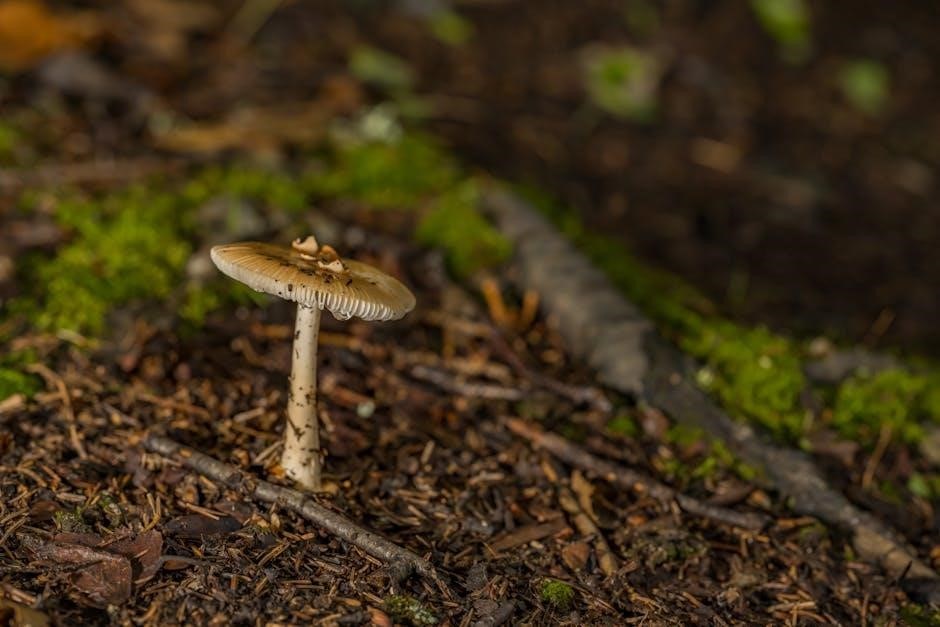
Key Features of a Good Mushroom Identification Guide
A reliable mushroom identification guide should offer clarity‚ accuracy‚ and relevance to its region. Essential features include detailed descriptions‚ high-quality photographs‚ identification keys‚ and information on distinguishing edible from poisonous species‚ ensuring safety for foragers.
Focus on Local Species
A crucial aspect of any effective mushroom identification guide‚ especially in a region like Quebec‚ is its emphasis on local species. Generic guides covering a wide geographical area may include species not found in Quebec‚ leading to misidentification. Focusing on mushrooms specific to Quebec’s ecosystems ensures accurate identification.
Local guides consider regional variations‚ climate impact‚ and habitat preferences of Quebec mushrooms. This targeted approach increases the guide’s reliability and user-friendliness for local enthusiasts. This localization minimizes confusion and promotes safe mushroom foraging within the province.
Beginner-Friendly Approach
A “Guide Identification Champignon Québec PDF” must adopt a beginner-friendly approach to cater to novice mushroom enthusiasts. Complex scientific jargon and intricate identification keys can be daunting and discouraging for beginners. Clear‚ concise language is essential‚ avoiding technical terms or providing explanations when necessary.
The guide should prioritize visual aids‚ such as high-quality photographs and illustrations‚ showcasing key identifying features. Simple‚ step-by-step identification processes‚ focusing on easily observable characteristics‚ are vital. A glossary of terms and common look-alike comparisons can further enhance accessibility for beginners.

Top Mushroom Identification Guides for Quebec
Quebec’s rich mycological diversity necessitates reliable identification guides. Several mushroom identification guides stand out for their accuracy and comprehensiveness. These resources often include detailed descriptions‚ high-quality images‚ and user-friendly keys‚ assisting both novice and experienced foragers.
Comprehensive Guides with Detailed Descriptions
For serious mushroom enthusiasts in Quebec‚ comprehensive guides with detailed descriptions are essential. These guides delve into the nuances of each species‚ providing in-depth information beyond basic identification. They typically include detailed morphological descriptions‚ habitat information‚ and seasonal availability. Advanced guides also cover potential look-alikes and toxicity warnings‚ crucial for safe foraging. Microscopic features and chemical tests may also feature. Discerning the subtle differences between similar species becomes manageable with these resources. Detailed guides enhance knowledge and minimize the risk of misidentification.
Guides with High-Quality Photographs
Visual identification is paramount when foraging for mushrooms‚ making guides with high-quality photographs indispensable. These guides showcase clear‚ detailed images of various mushroom species in their natural habitats. Excellent photography highlights crucial features such as cap shape‚ gill structure‚ stem characteristics‚ and overall coloration. Multiple images of the same species at different growth stages enhance identification accuracy. High-quality photographs help distinguish subtle variations and prevent misidentification of potentially toxic mushrooms. These guides are particularly beneficial for beginners‚ providing a visual reference that complements textual descriptions. Ultimately‚ they promote safer and more informed foraging experiences.
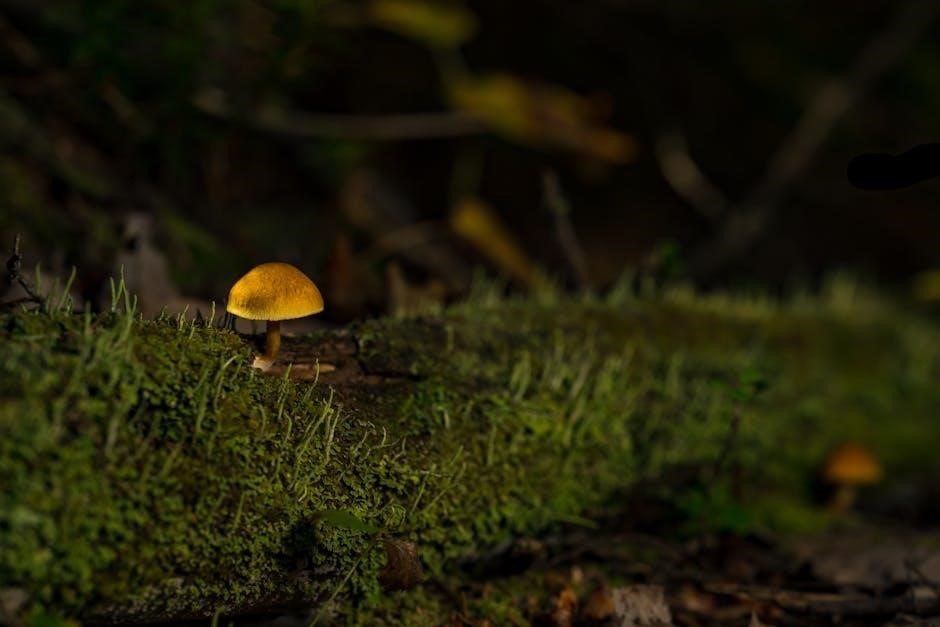
Online Resources for Mushroom Identification in Quebec
Beyond printed guides‚ online resources offer valuable support for mushroom identification. Quebec boasts various websites‚ databases‚ and online communities dedicated to mycology. These platforms provide interactive tools‚ expert advice‚ and up-to-date information‚ enhancing the learning experience.
Websites with Mushroom Databases and Identification Keys
Several websites serve as comprehensive databases for Quebec mushroom species‚ offering detailed information and photographs. These platforms often incorporate interactive identification keys‚ allowing users to narrow down possibilities based on observed characteristics. Sites may feature advanced search functions‚ filtering options‚ and comparison tools‚ aiding users in distinguishing between similar species. Many websites include expert-verified information‚ ensuring accuracy and reliability for both novice and experienced mushroom enthusiasts seeking to identify their finds effectively using such online resources.
Forums and Communities for Mushroom Enthusiasts
Online forums and communities provide invaluable support for mushroom enthusiasts in Quebec. These platforms facilitate discussions‚ allowing members to share photos‚ seek identification assistance‚ and exchange foraging tips. Experienced mycologists and seasoned foragers often participate‚ offering expert guidance and insights. Such communities foster a collaborative environment‚ where members can learn from one another’s experiences and expand their knowledge. These forums serve as a valuable resource for verifying identifications‚ staying informed about local mushroom finds‚ and connecting with like-minded individuals passionate about mycology.

Using PDF Guides for Mushroom Identification
PDF guides offer portability and accessibility for mushroom identification. They can be easily downloaded and used offline in the field. These guides provide detailed information‚ aiding accurate identification during foraging expeditions throughout Quebec.
Advantages of PDF Format
PDF (Portable Document Format) guides offer several advantages for mushroom enthusiasts in Quebec. Their digital nature allows for easy storage on devices like smartphones and tablets‚ making them readily accessible in the field without needing an internet connection. The format preserves the visual layout and image quality‚ ensuring clear depictions of mushroom characteristics crucial for accurate identification. Furthermore‚ PDF guides can be easily shared electronically‚ promoting collaborative learning and verification among foragers. Hyperlinks within the document can lead to additional resources or detailed information‚ enhancing the user’s learning experience.
Free and Downloadable PDF Guides
Several resources offer free and downloadable PDF guides for mushroom identification in Quebec. These guides vary in scope‚ covering a range of species from common edibles to poisonous look-alikes. Websites of mycological societies‚ universities‚ and government agencies often host these resources‚ providing accessible educational materials for the public; Users should exercise caution when using free guides‚ verifying information across multiple sources to ensure accuracy. Some guides are interactive‚ featuring hyperlinks to glossary terms and external websites. Downloading allows offline access‚ making them ideal for use in remote foraging locations.
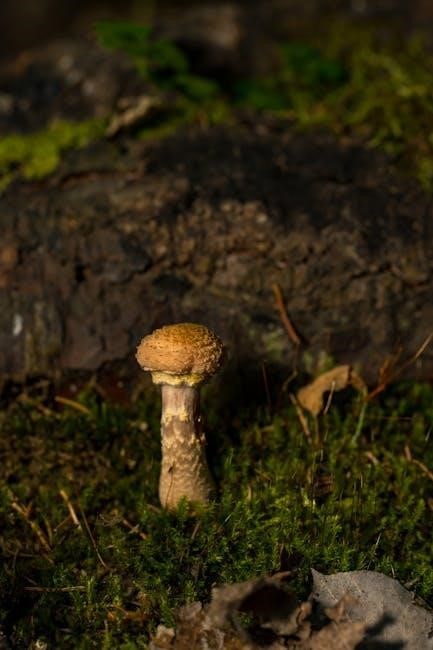
Important Considerations for Safe Mushroom Foraging
Foraging demands caution; misidentification poses risks. Thoroughly compare finds with reliable guides and experts. Prioritize safety‚ avoiding consumption unless identification is certain. Respect conservation and adhere to local regulations for responsible harvesting practices.
Identifying Edible vs. Poisonous Mushrooms
Differentiating edible from poisonous mushrooms requires meticulous attention to detail. Examine features like cap shape‚ gill attachment‚ stem characteristics‚ and spore print color. Cross-reference observations with reliable field guides featuring detailed descriptions and high-quality images. Pay close attention to look-alike species‚ as subtle differences can be critical. Remember that edibility is not guaranteed by cooking or other treatments. When in doubt‚ discard the mushroom. Never rely solely on general rules or folklore for identification‚ and prioritize accurate identification before consumption to ensure safety.
Consulting with Experts
When uncertain about mushroom identification‚ seeking guidance from experienced mycologists or knowledgeable foragers is invaluable. Local mushroom clubs and societies often organize guided forays and workshops. Experts can provide hands-on training‚ clarify identification nuances‚ and share insights into local mushroom ecology. Consulting with experts can significantly reduce the risk of misidentification and poisoning. Moreover‚ experts can offer updated information on species distributions‚ name changes‚ and potential look-alikes. Prioritize safety and accuracy by verifying your identifications with qualified individuals before consuming any wild mushrooms you find.
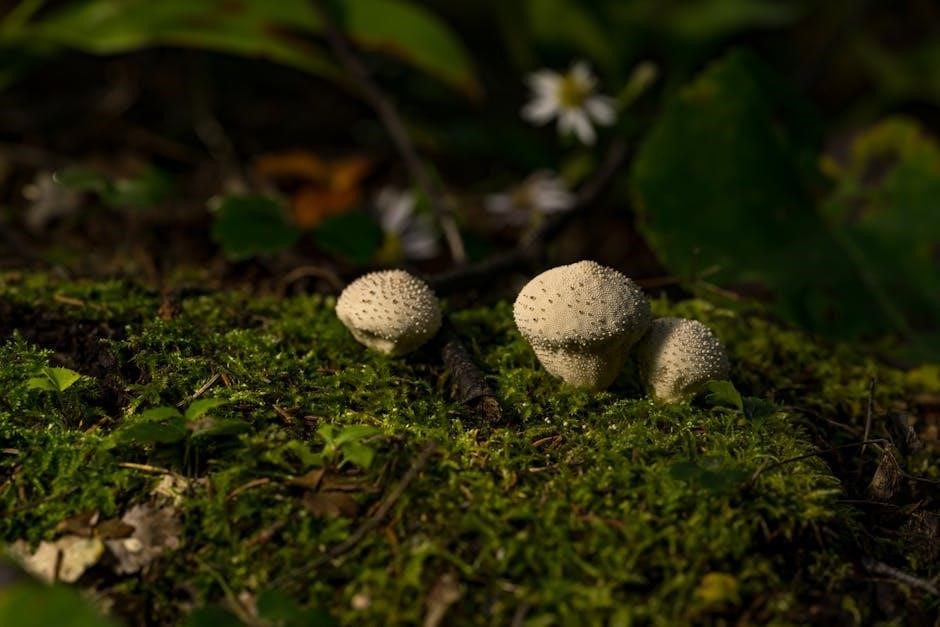
The Role of Microscopy in Mushroom Identification
Microscopy plays a vital role in precise mushroom identification‚ especially when macroscopic features are insufficient. Examining spores and other microscopic structures enhances accuracy‚ aiding in distinguishing between similar species‚ and confirming identification details found in field guides.
Using Microscopes for Detailed Analysis
Microscopes offer a deeper dive into mushroom morphology‚ essential for accurate identification. Examining spore shape‚ size‚ ornamentation‚ and reactions to chemical reagents provides critical insights. Analyzing hyphal structures‚ cystidia‚ and other microscopic features helps differentiate species with similar macroscopic traits. Proper slide preparation and staining techniques are crucial for clear visualization.

This detailed analysis‚ when combined with field guide information‚ enhances confidence in identifying various mushroom species found in Quebec. The use of microscopy refines traditional identification methods.
Identifying Microscopic Features
Microscopic features are paramount for precise mushroom identification‚ revealing details unseen by the naked eye. Spore shape‚ size‚ color‚ and surface ornamentation are key identifiers. Examining basidia‚ cystidia‚ and hyphal structures provides crucial taxonomic information. Observing the presence or absence of clamps connections further aids differentiation.
Analyzing these microscopic characteristics requires proper staining techniques and a calibrated microscope. Combining microscopic analysis with macroscopic observations from field guides ensures a more accurate and reliable identification of Quebec’s diverse fungal species.
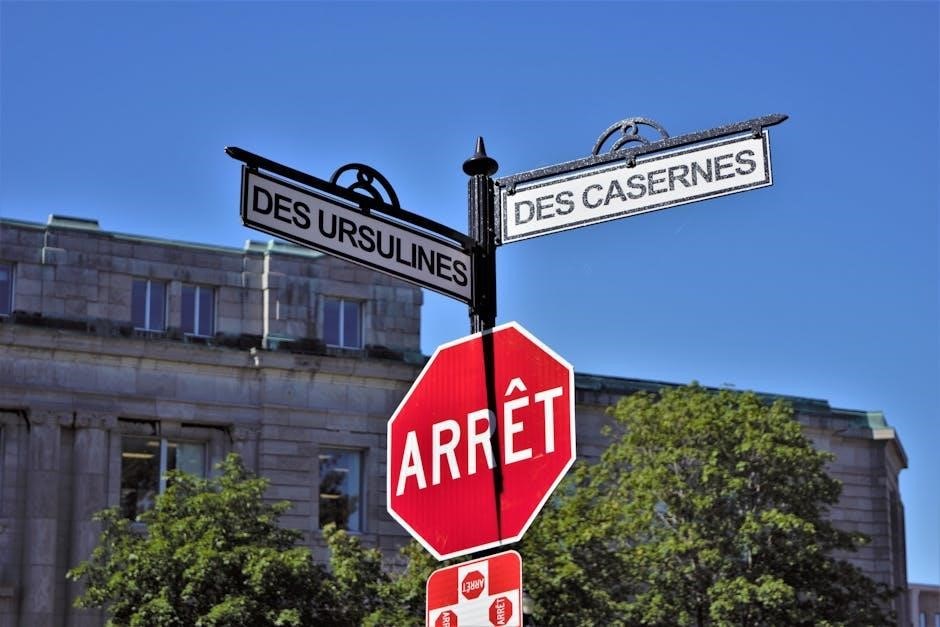
Legal and Ethical Considerations for Mushroom Harvesting in Quebec
Harvesting mushrooms in Quebec involves legal and ethical responsibilities. Regulations dictate protected areas‚ permitted species‚ and collection limits. Respecting private property‚ avoiding over-harvesting‚ and minimizing environmental impact are crucial for sustainable and ethical foraging practices within the region.
Regulations and Permits
Quebec’s mushroom harvesting regulations require awareness and adherence to specific rules. Certain areas‚ like parks or reserves‚ may have restrictions or prohibitions on collecting fungi. Some species might be protected‚ making their harvest illegal. Furthermore‚ commercial harvesting often requires permits‚ ensuring sustainable practices and preventing overexploitation of resources. Always check local regulations before foraging‚ and consult official sources for up-to-date information. Failure to comply with these regulations can lead to fines or other penalties. Responsible foraging protects both the environment and the future availability of mushrooms.
Sustainable Harvesting Practices
Sustainable mushroom harvesting ensures the long-term availability of these valuable resources in Quebec. It involves careful collection methods that minimize environmental impact. Avoid disturbing the surrounding habitat‚ and never rake or dig around mushrooms. Use a knife to cut the stem above ground‚ leaving the mycelium intact. Only collect what you can use‚ preventing waste. Disperse spores by gently shaking the mushrooms before placing them in your basket. Respect private property and obtain permission before harvesting on private lands. These practices protect the fungal ecosystems and ensure future generations can enjoy foraging.
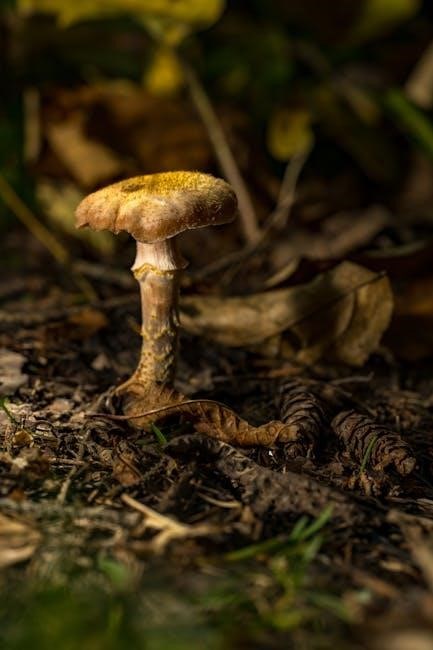
Resources for Learning About Mushroom Biology and Ecology
Delving into mycology enriches understanding of Quebec’s fungi. Educational programs‚ workshops‚ books‚ and articles offer in-depth knowledge. These resources cover mushroom biology‚ ecology‚ and identification techniques. They promote responsible foraging and conservation efforts within Quebec’s diverse ecosystems.
Educational Programs and Workshops
For those seeking structured learning‚ Quebec offers various educational programs and workshops focused on mushroom biology and ecology. These programs cater to different skill levels‚ from beginners to experienced mycologists. Expert-led workshops provide hands-on training in identification techniques‚ sustainable harvesting practices‚ and understanding fungal life cycles. Participants gain valuable insights into Quebec’s diverse fungal species and their ecological roles. These programs often incorporate field trips‚ allowing participants to apply their knowledge in real-world settings. Such experiences foster a deeper appreciation for the importance of fungal conservation.
Books and Articles on Mycology
Supplementing practical experience‚ books and articles on mycology offer in-depth knowledge of fungal biology and ecology. Numerous publications explore Quebec’s specific fungal species‚ providing detailed information on their characteristics‚ habitats‚ and ecological significance. Academic journals and scientific articles delve into the latest research on fungal taxonomy‚ genetics‚ and conservation efforts. These resources enable enthusiasts to expand their understanding beyond basic identification. They promote a comprehensive view of the fungal kingdom. Exploring books and articles enriches appreciation for the interconnectedness of fungi and their role in ecosystems. Ultimately‚ this supports responsible mushroom foraging.
